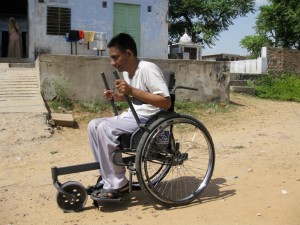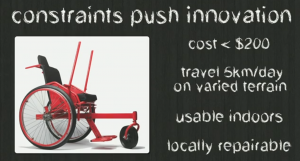Reflection:
Looking back at my S2 presentation I think I over all did pretty well. In the moment of my presentation I felt like it was going really quickly and that the four minute presentation that I was aiming for was more like a two minute presentation. There were times where I thought I was speaking too quickly or left a thought unfinished. But because I know people’s brains tend to remember things wrong I doubt my presentation was as bad as I thought it was. What I think I did well on was projection. Although it was a weird feeling to be not quite yelling but also not using my normal volume of talking voice I think I found a good in between. The aspects of the presentation I could have improved on where eye contact and moving around more. My notes were in a notebook all written out mostly word for word. That gave me something to read off of and I just need up doing that even though I had the presentation memorized. Next time I will try using note cards instead. One thing in the presentation that I think helped my credibility was that I used quotes from some of the people I interviewed.
Comments:
I thought Helen’s presentation was very good. She projected her voice very clearly and at the right volume. And it was interesting to hear about critical mass. I saw she was using note cards and I would like to try that because she wasn’t just reading off of them.
I enjoyed Jack’s presentation about the bike shops. It was interesting and informative. I liked how he had something (the business card) to pass around to the class. It was interesting to hear how bike shops are more reliant on rentals and repairs now than when the internet wasn’t a big thing.

